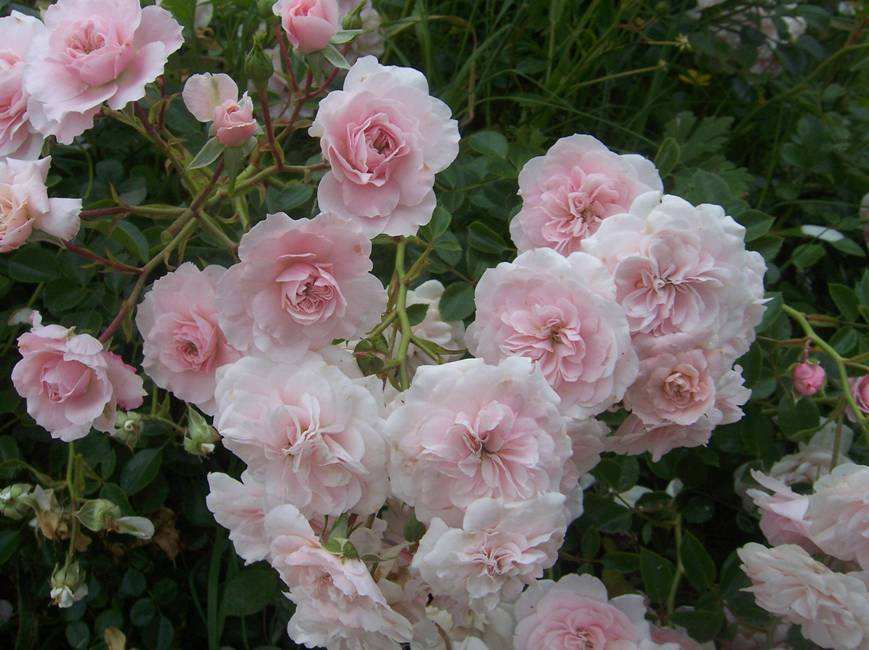
Photo/Illustration: Mike Athy

Photo/Illustration: Mike Athy
We’ve been doing a series of posts on own-root roses. In the first one titled “Why do own-root roses sold in pots seem to take longer to get established?” we learned own-root roses are generally sold as younger plants, which is why they seem to take longer to get going in your garden. In the second post titled “The middle ground between own-root container grown roses and field-grown budded roses.” we learned with more own-root roses being sold as one-year old field-grown plants, the catching up time in your garden is getting less.
To continue this discussion I’d like to spend a little time discussing two other observations I hear about own-root roses. The first is this;
“How come some own-root roses grow faster than other own-root roses?”
The answer to this question literally lies down in the soil – in the rose’s roots. Budded plants are all budded onto the same root-stock. In this country generally Dr. Huey and sometimes R. multiflora. Both of these root-stocks are used because they are vigorous by nature. But for the purposes of our conversation what this uniform root-stock means is that all budded roses are on equal footing.
Every budded rose has the same root-stock pushing it along in an identical manner. And while there will be some variations from variety to variety, by and large they are not that far apart. So, if you plant several budded roses of different types all at the same time, for the most part they will all grow at a fairly similar pace.
Now I realize there is probably some Rosarian reading this who can think of exceptions, and there are, but this is a general rule so pull in your thorns!
Own-root roses, however, are not all on equal footing. The rootstock is identical to the variety above the ground. This means one simple thing;
An own-root rose will only grow as vigorously as the variety itself.
In other words an inherently weaker growing variety will grow slower. An inherently vigorous variety will grow faster. Their root system is only as good as the whole plant. They have no uniform root-stock pushing them along at pretty much the same pace. Because of this the inherently vigorous variety will outpace the weaker one.
So if you are impatient and want to grow own-root roses you need to seek out varieties that are inherently vigorous by nature. Luckily most of today’s true Garden Roses are.
The second part of this question is, “Why do some roses do well own-root and some don’t?”
At this point you can probably guess the answer. The reason is because a weaker variety on its own-roots will have a weaker root system and therefore is in total a weaker plant. It’s really that simple.
Luckily today more and more roses are being tested by breeders and growers as own-root roses and they are bypassing budding all together. The best part of this is it means only roses that are inherently vigorous and healthy by nature will find their way to the market. And that is the very definition of a Garden Rose.
Happy Roseing
Paul
Fine Gardening Recommended Products
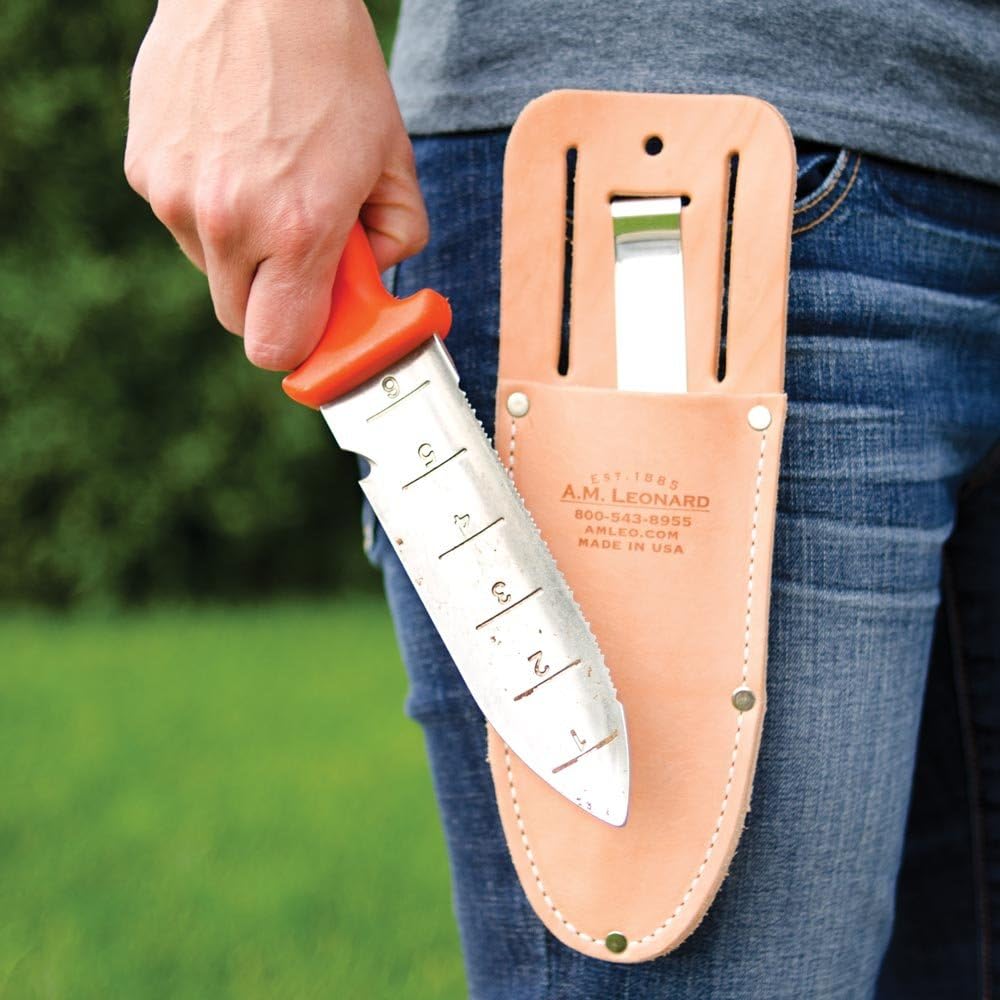
A.M. Leonard Deluxe Soil Knife & Leather Sheath Combo
Fine Gardening receives a commission for items purchased through links on this site, including Amazon Associates and other affiliate advertising programs.
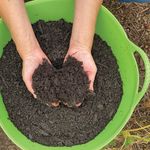
Gardener's Supply Company Large Garden Tubtrug
Fine Gardening receives a commission for items purchased through links on this site, including Amazon Associates and other affiliate advertising programs.
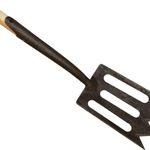
DeWit Spork with Solid Socket
Fine Gardening receives a commission for items purchased through links on this site, including Amazon Associates and other affiliate advertising programs.

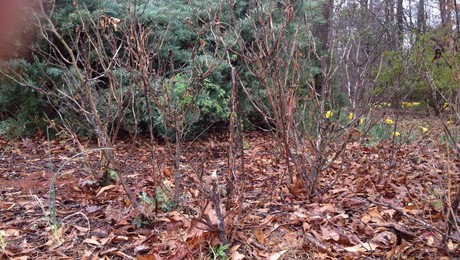
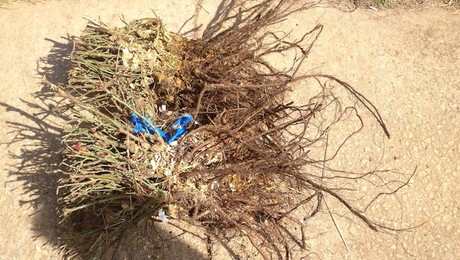


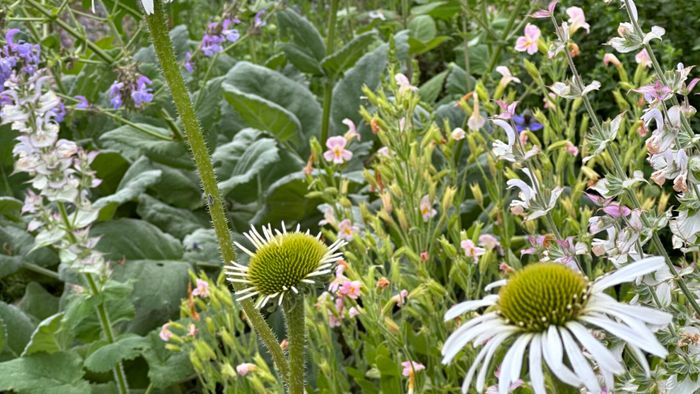
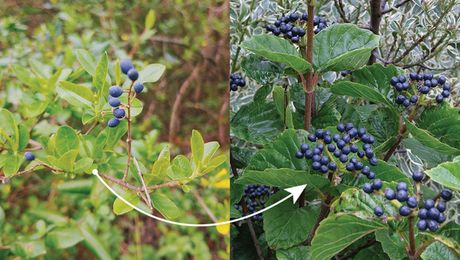
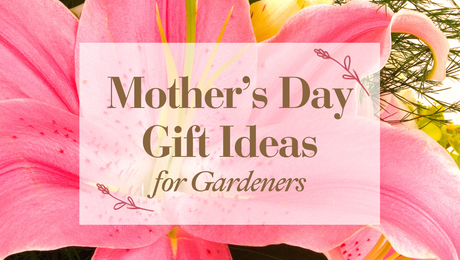
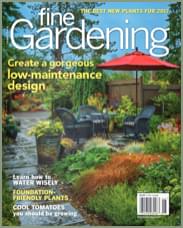

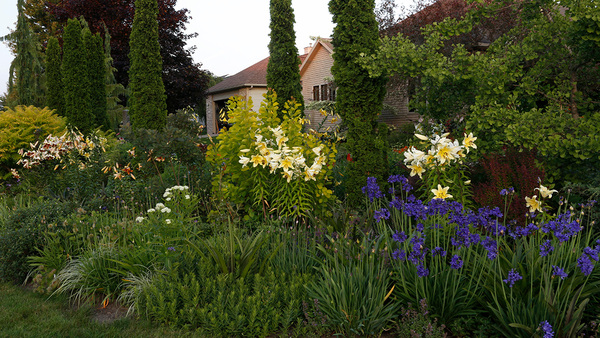



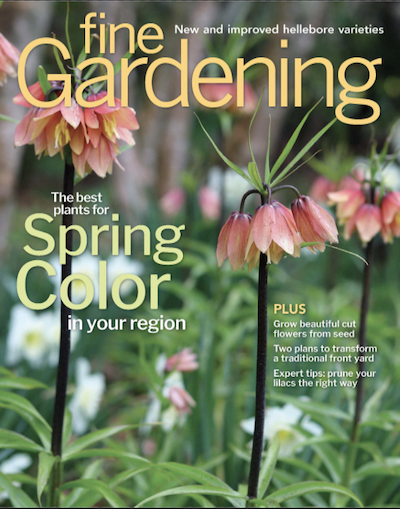



Comments
My favorite color!
Log in or create an account to post a comment.
Sign up Log in